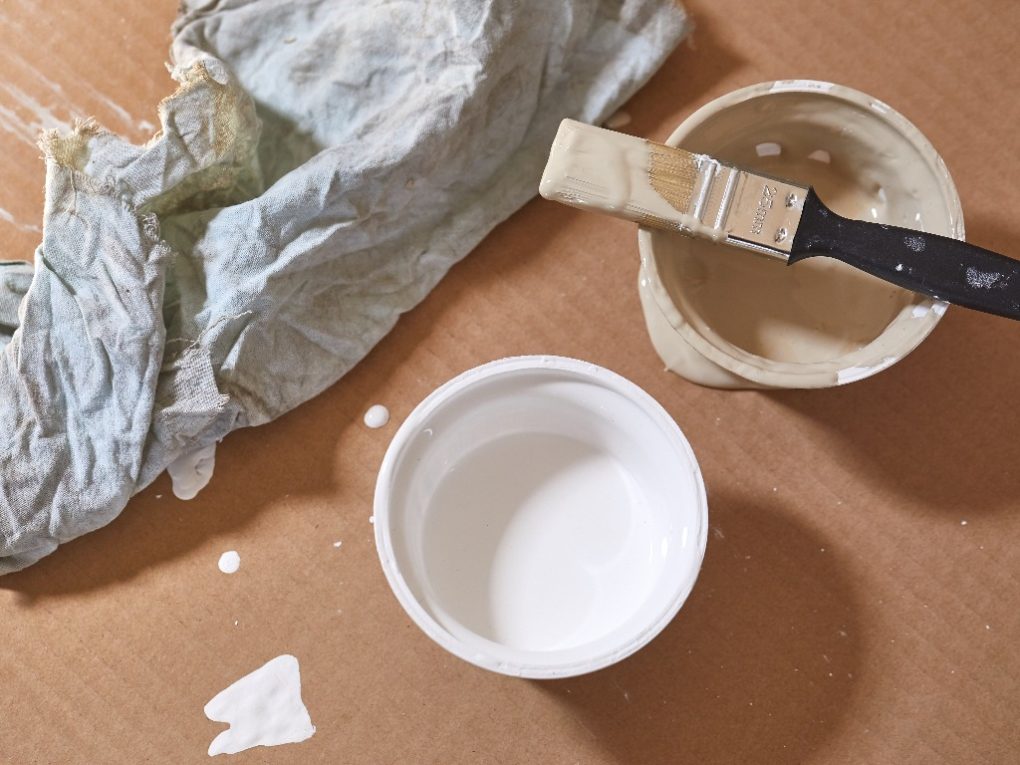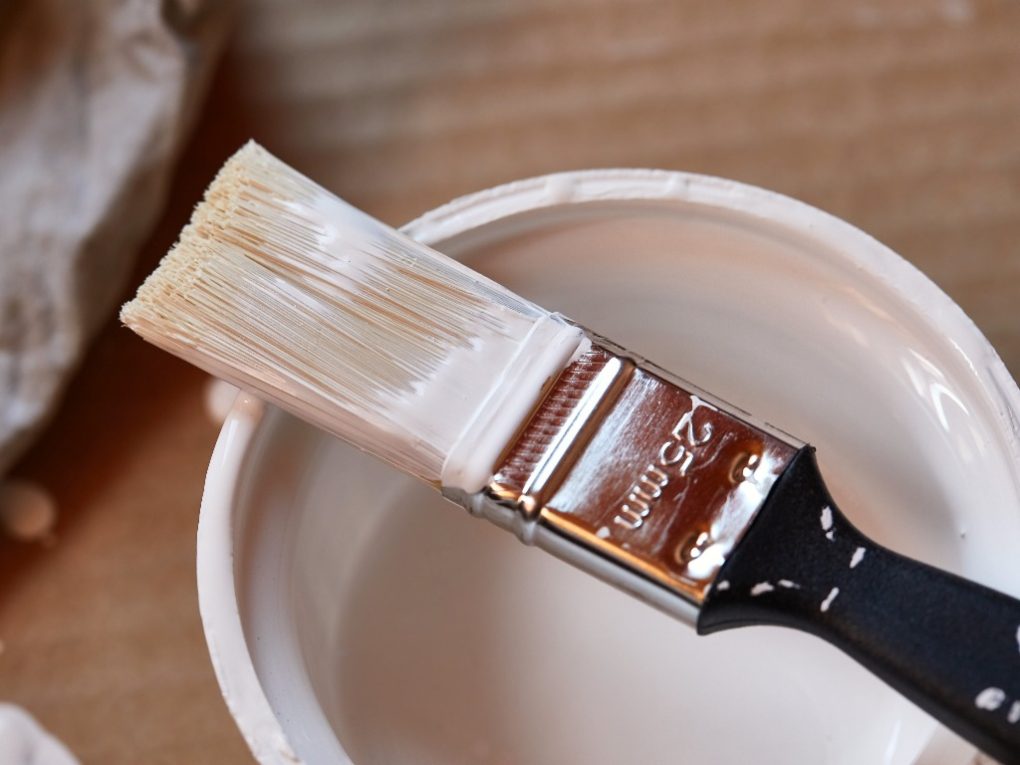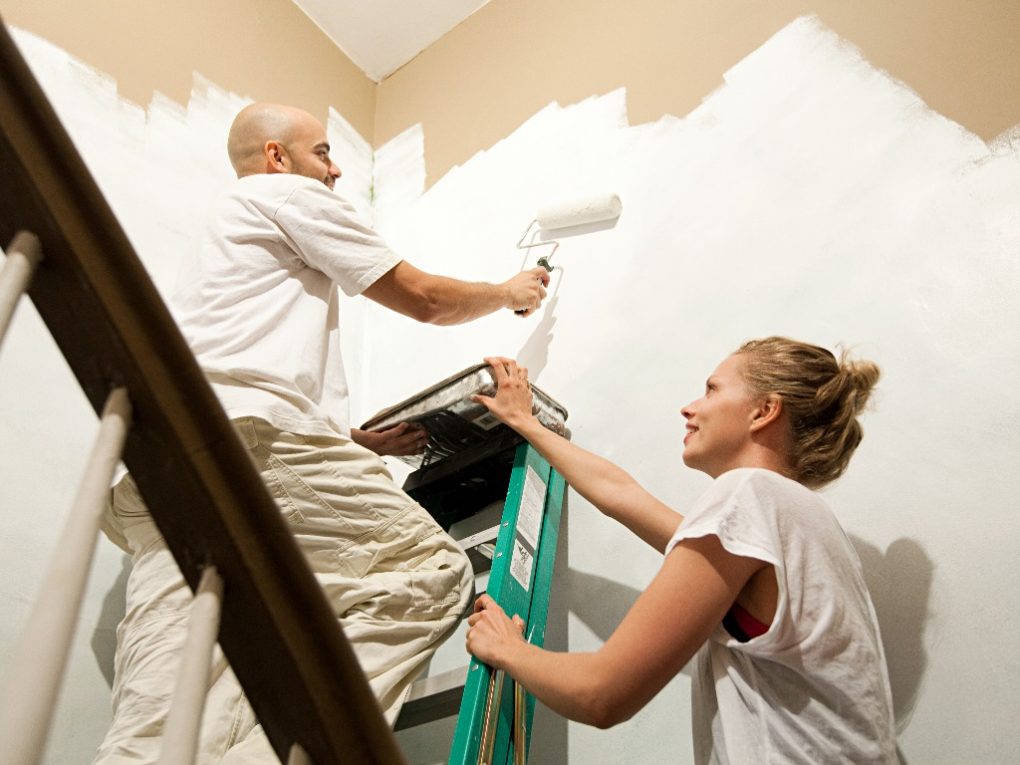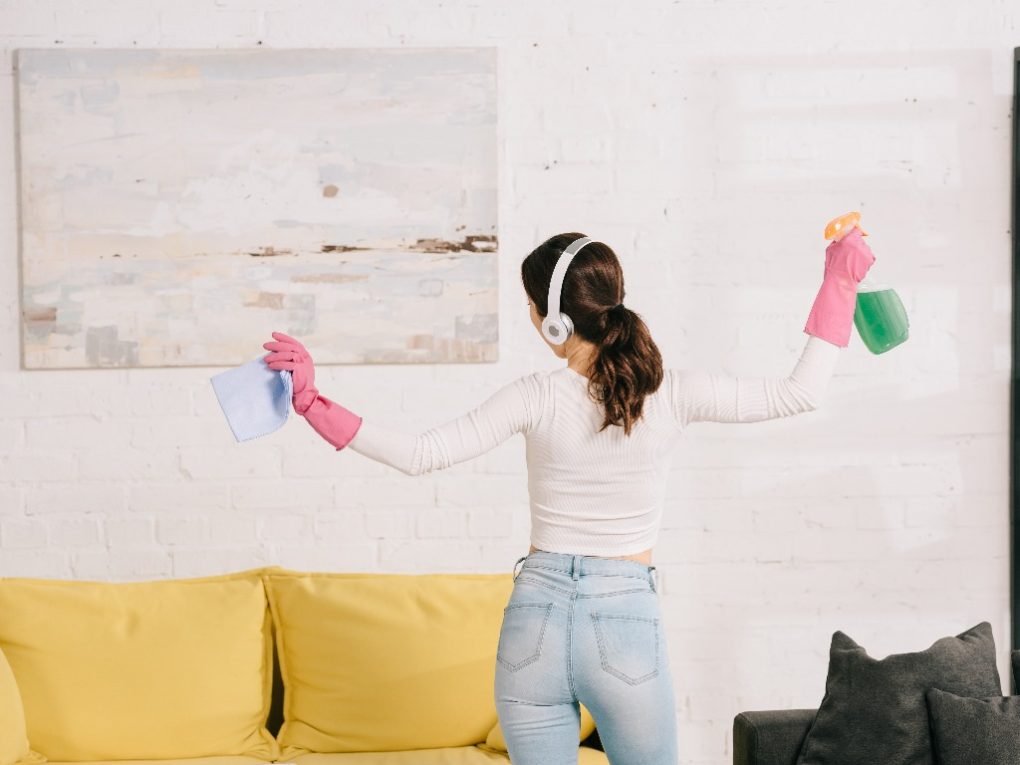Does White Eggshell Paint Go Yellow: Exploring the Possibility of Discoloration Over Time
Yes, white eggshell paint can turn yellow over time. Several factors can contribute to this, including exposure to sunlight, dirt, grime, and oils on the walls. Certain cleaning products and environmental factors can also cause eggshell paint to turn yellow.


However, with proper care and maintenance, it is possible to prevent eggshell paint from turning yellow and maintain its original color over time.
Understanding White Eggshell Paint Discoloration
Several factors can cause the yellowing of white eggshell paint:
- Oil-based paints: Oil-based paints are prone to yellowing, especially in rooms with little to no sunlight. They contain a resin that can oxidize over time, causing discoloration.
- Environmental factors: High humidity levels, exposure to smoke, and certain cleaning products can all contribute to yellowing white eggshell paint.
- Age: As paint ages, it can turn yellow naturally.
Several factors can affect the yellowing of white eggshell paint:
| Factor | Effect |
| Exposure to sunlight | Accelerates yellowing |
| Humidity levels | Higher humidity levels can cause more rapid yellowing |
| Cleaning products | Some cleaning products can cause yellowing |
| Paint quality | Lower quality paints can yellow more easily |
Preventing Yellowing of White Eggshell Paint
Choosing the Right Type of Paint
Water-based or latex paints are less likely to be yellow compared to oil-based paints. For example, water-based paints use acrylic resins that are more resistant to yellowing, while oil-based paints use alkyd resins that can yellow over time.
Look for paint labeled “non-yellowing” or “low-VOC”: Paints that are specifically labeled as “non-yellowing” or “low-VOC” (volatile organic compounds) are formulated to minimize yellowing and are a good choice for white eggshell paint.
Higher-quality paints tend to have better formulations and are less likely to yellow than cheaper, lower-quality paints. Look for reputable paint brands that are known for their durability and longevity.
When preparing the surface for painting, avoid using oil-based primers, as they can turn yellow over time and affect the appearance of the paint. Instead, use a water-based primer labeled “non-yellowing” or “low-VOC”. Some paint additives are specifically designed to prevent the yellowing of paint. They can be mixed with the paint before application and can help minimize yellowing over time.


Proper Surface Preparation
Before painting:
- Ensure the surface is clean and free from dirt, dust, grease, and other contaminants.
- Use a mild detergent or a surface cleaner appropriate for the material you’re painting (e.g., wood, drywall, metal), and rinse thoroughly.
- Allow the surface to dry completely before proceeding.
Sanding the surface helps to create a smooth and clean surface for the paint to adhere to. Use fine-grit sandpaper (e.g., 100 grit) to lightly sand the surface lightly, focusing on any rough areas or imperfections. Sanding also helps remove glossy finishes that can interfere with paint adhesion.
Applying a primer before painting can help seal the surface and promote proper paint adhesion. Use a high-quality primer specifically designed for the material you’re painting (e.g., wood, drywall, metal), and follow the manufacturer’s instructions for application and drying times. Avoid using oil-based primers, as they can turn yellow over time and affect the appearance of the paint.
Consider using a stain-blocking primer if you’re painting over a surface with stains, such as water or smoke. Stain-blocking primers are formulated to prevent stains from bleeding through the paint and can help prevent the paint’s yellowing over time.
Removing as much of the old paint as possible if you’re painting over existing discolored or yellowed paint is important. Instead, use a paint scraper, sandpaper, or paint stripper to remove the old paint to the bare surface before applying a new coat of paint.
Different paints have different requirements for surface preparation, application, and drying times. Always refer to the paint manufacturer’s instructions on the label or technical data sheet for the best results. Follow the instructions carefully to ensure proper adhesion and durability of the paint.
Applying the Paint Correctly
Before starting to paint, thoroughly stir the paint using a paint stirrer or a paint mixing tool. This helps to ensure that the pigments and other components in the paint are evenly distributed, which can help prevent yellowing and achieve consistent color.


When applying eggshell paint, it’s important to use even and thin coats. Avoid applying the paint too thickly, as this can increase the likelihood of yellowing. Instead, apply the paint in smooth, even strokes using a high-quality brush or roller, following the manufacturer’s recommended application technique.
Overworking the paint by brushing or rolling it too much can also increase the risk of yellowing. Avoid excessive back-and-forth brushing or rolling, as this can cause the paint to become streaky or uneven, which may lead to yellowing. Instead, apply the paint with smooth and controlled strokes, and avoid over-brushing or over-rolling.
Allow each coat of paint to dry fully before applying subsequent coats. Avoid rushing the drying process, as this can affect the paint’s performance and increase the risk of yellowing. Follow the manufacturer’s instructions for recommended drying times between coats, which may vary depending on the paint type and environmental conditions.
Smoke and cooking fumes can contribute to paint yellowing, especially in areas like kitchens or rooms with high humidity. Avoid smoking or cooking near freshly painted surfaces, as the fumes can potentially discolor the paint and cause yellowing over time. Exposure to sunlight and UV rays can also cause paint to turn yellow over time. Consider using paint with UV protection, which can help reduce UV rays’ effects and minimize yellowing.
Proper ventilation during and after painting can help the paint to dry properly and prevent any buildup of fumes that may affect the paint’s performance. Ensure the room is well-ventilated during painting by opening windows or using fans, and maintain good ventilation even after the paint has dried.
Maintenance and Cleaning
Regularly clean the painted surface to prevent dirt, dust, and grime from accumulating. Use a soft cloth or a mild detergent diluted in water to clean the painted surface gently. Avoid using abrasive cleaners or harsh chemicals, as they can damage the paint finish and potentially cause yellowing. Use a soft cloth, sponge, or non-abrasive cleaning tools to clean the surface gently.


Moisture can cause paint to degrade and become yellow over time, especially in areas with high humidity, such as bathrooms or kitchens. Use exhaust fans or open windows to ventilate these areas and minimize excess moisture. Wipe down any moisture or water spills on painted surfaces promptly to prevent moisture from seeping into the paint.
If there are any spills or stains on painted surfaces, clean them promptly to prevent them from setting in and potentially causing yellowing. Blot the spills gently with a clean cloth and use a mild detergent or stain remover appropriate for the type of stain. Avoid scrubbing vigorously, as it can damage the paint finish.
Regularly inspect painted surfaces for any signs of damage, discoloration, or yellowing. Promptly address any issues by touching up the paint as needed. This can help prevent further damage and maintain the appearance of the paint.
